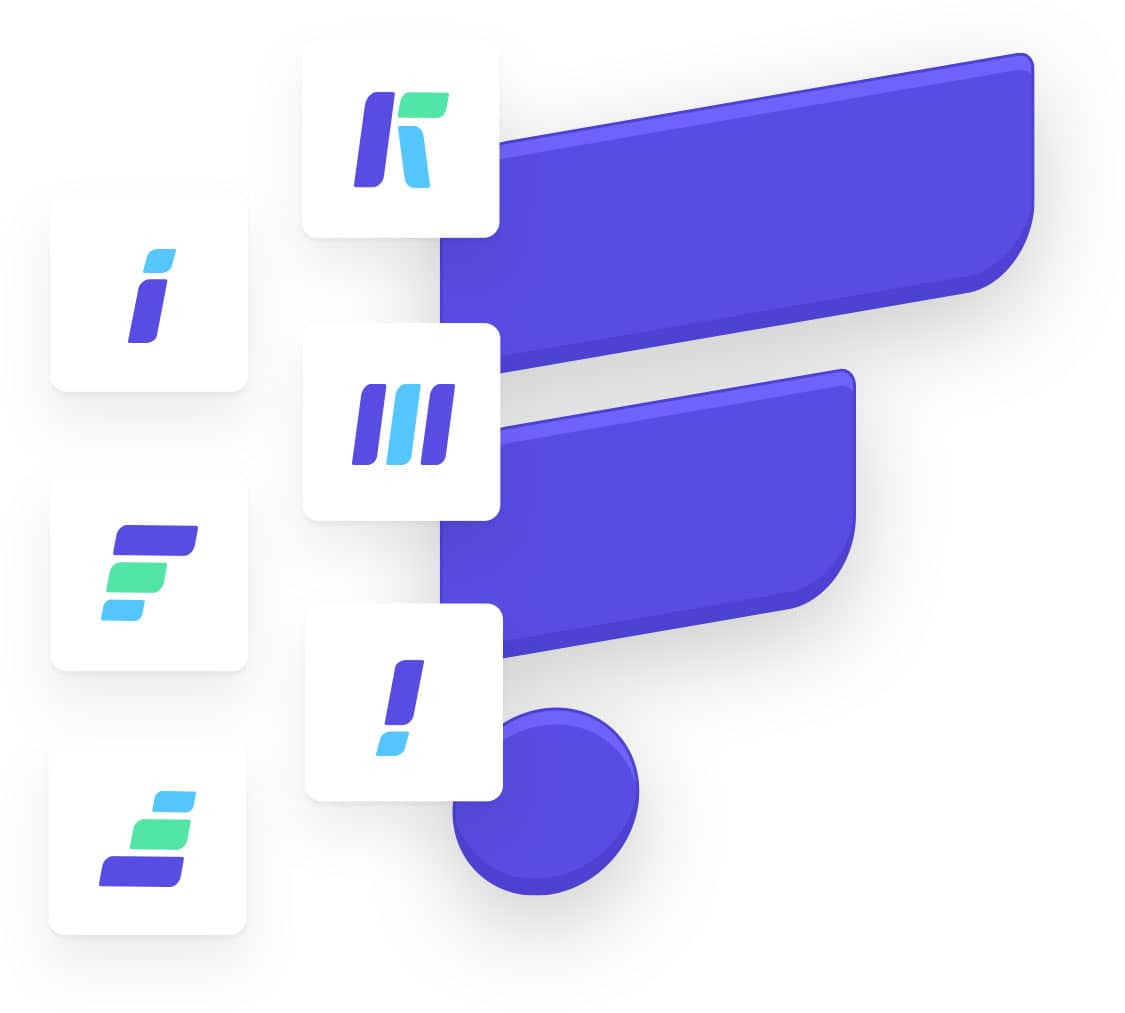Is a tax-efficient way of saving for your retirement? There are different types of pensions, and you can have more than one kind should you wish to.
Employers Scheme – This is a pension scheme that’s arranged by your employer. If you’re between 22 and State Pension age, work in the UK and earn more than £10,000 a year, your employer must enrol you in a scheme. A percentage of your pay goes into the pension scheme each payday and your employer adds money to the scheme for you too. There are 2 types of workplace pension:
Defined contribution – a pension that’s based on how much money has been paid into it. The money paid into the scheme is invested by the pension provider. The amount available to you at retirement depends on how much has been paid in and how well the investments have performed
Defined benefit – sometimes referred to as final salary pensions. The money you get back doesn’t depend on investments, but is based on your salary when you retire and how long you’ve worked for that employer
The State Pension is essentially a regular payment people can claim when they reach the State Pension age. How much you get depends upon your National Insurance Contributions, with the government determining your pension payments through the credits you’ve accrued throughout your life.
Self-invested personal pension (SIPP) is a type of personal pension that lets you manage how your money is invested. You choose which investments to invest your money in and actively manage those investments. SIPPs are often more suitable for large contributions and, because you control how your money is invested, they might be better for experienced investors. They can also have higher charges.

